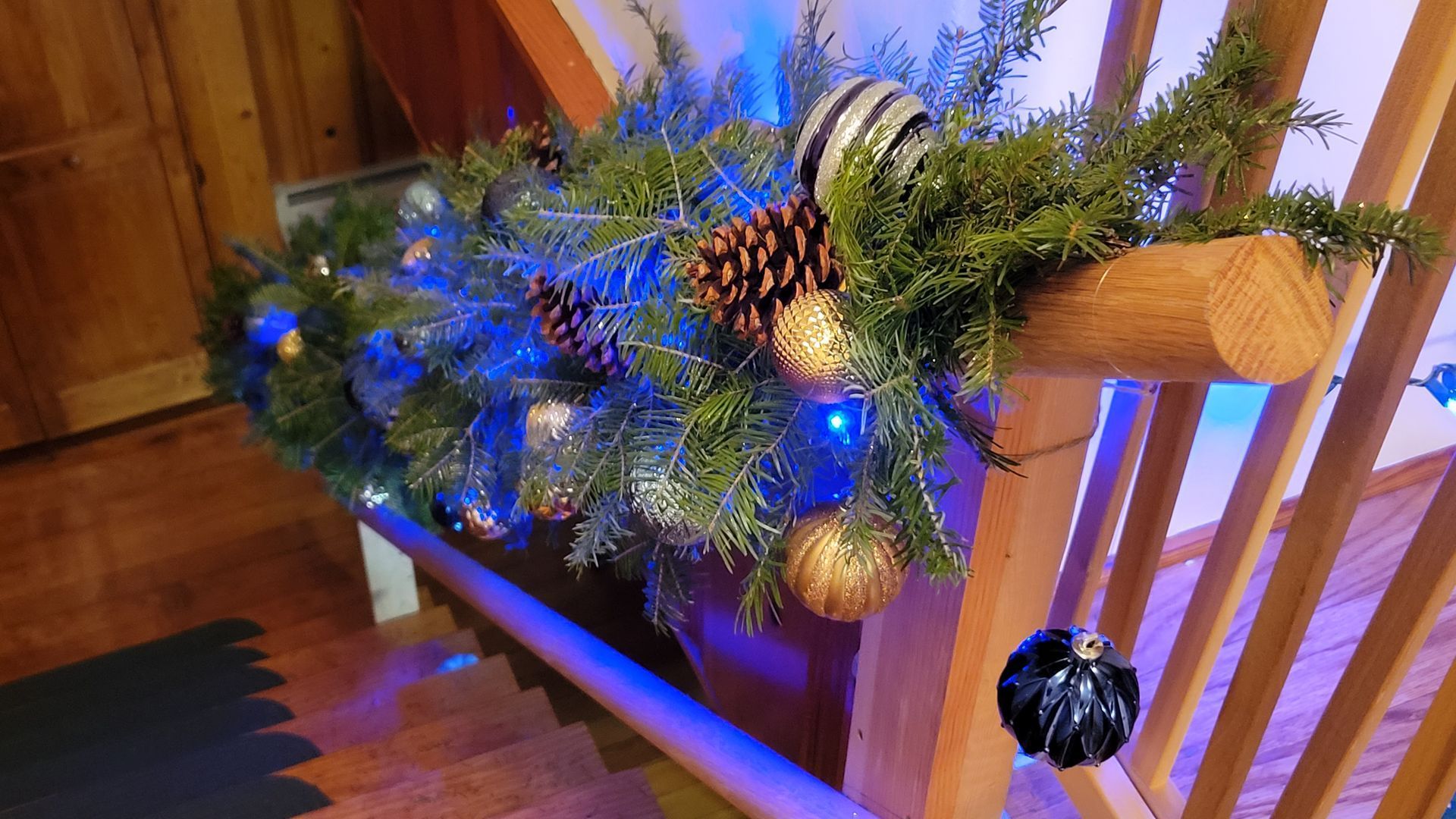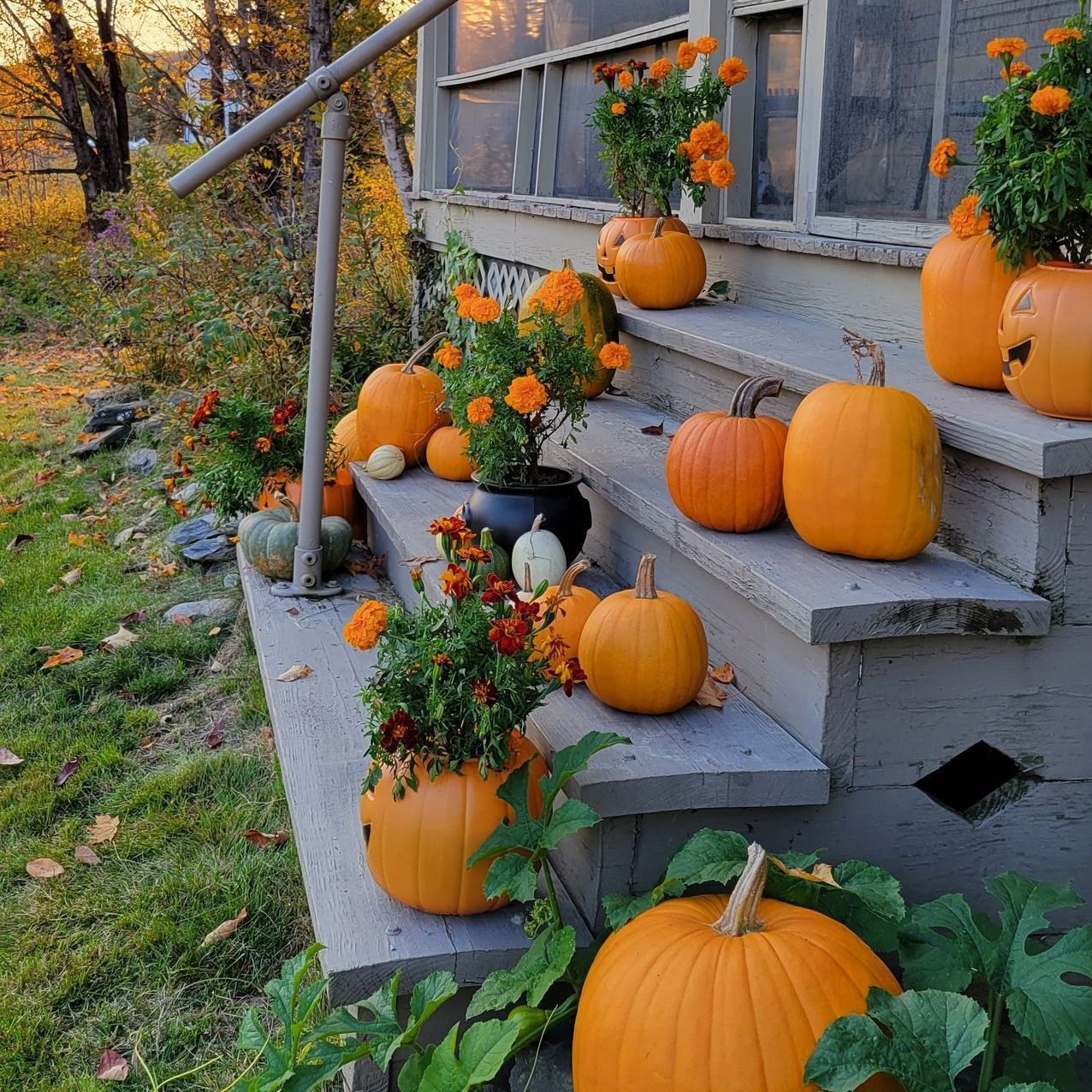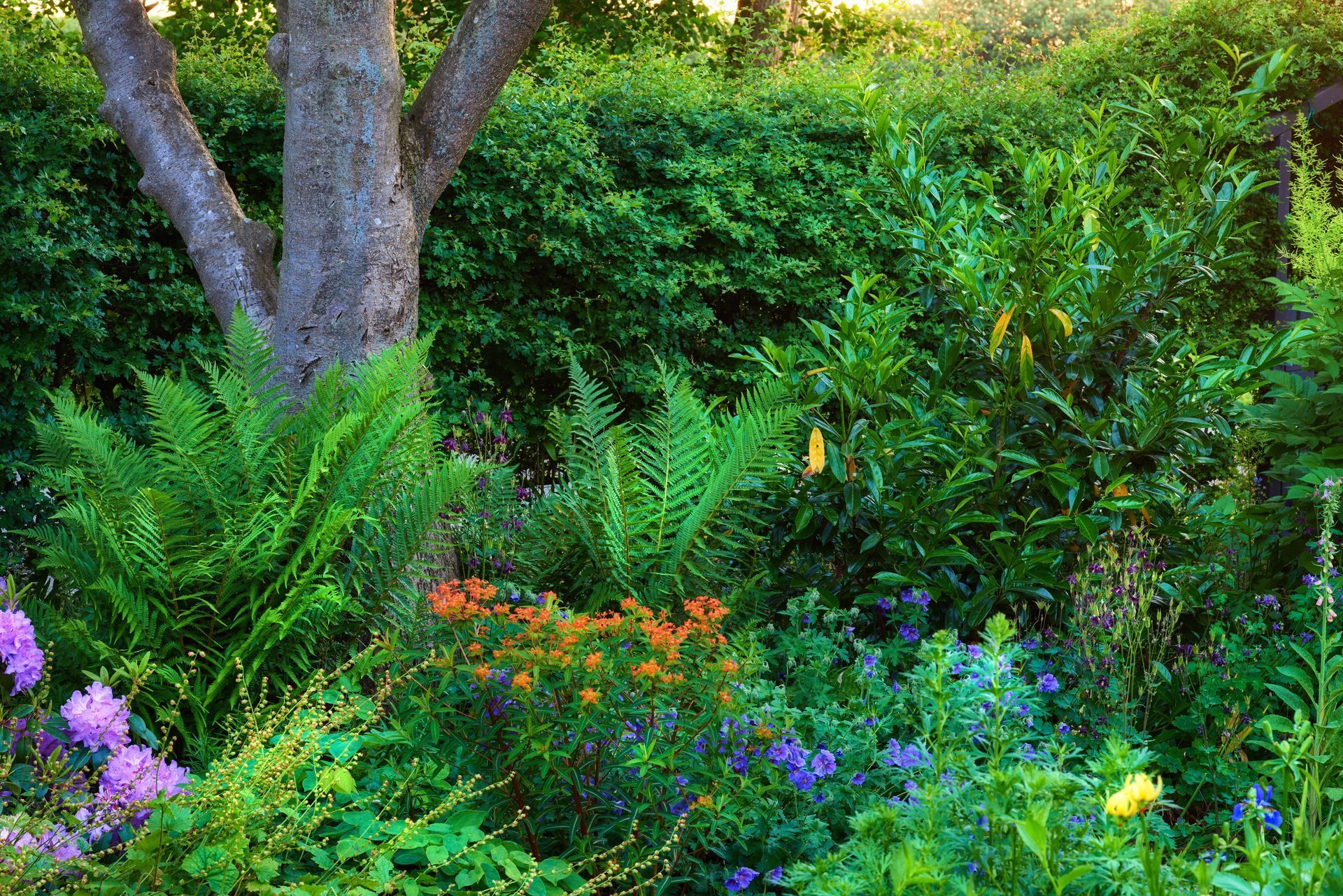✔️A Year Of Flower Farming: Hard-Earned Wisdom
My First Year as a Vermont Flower Farmer at Ostara's Grove
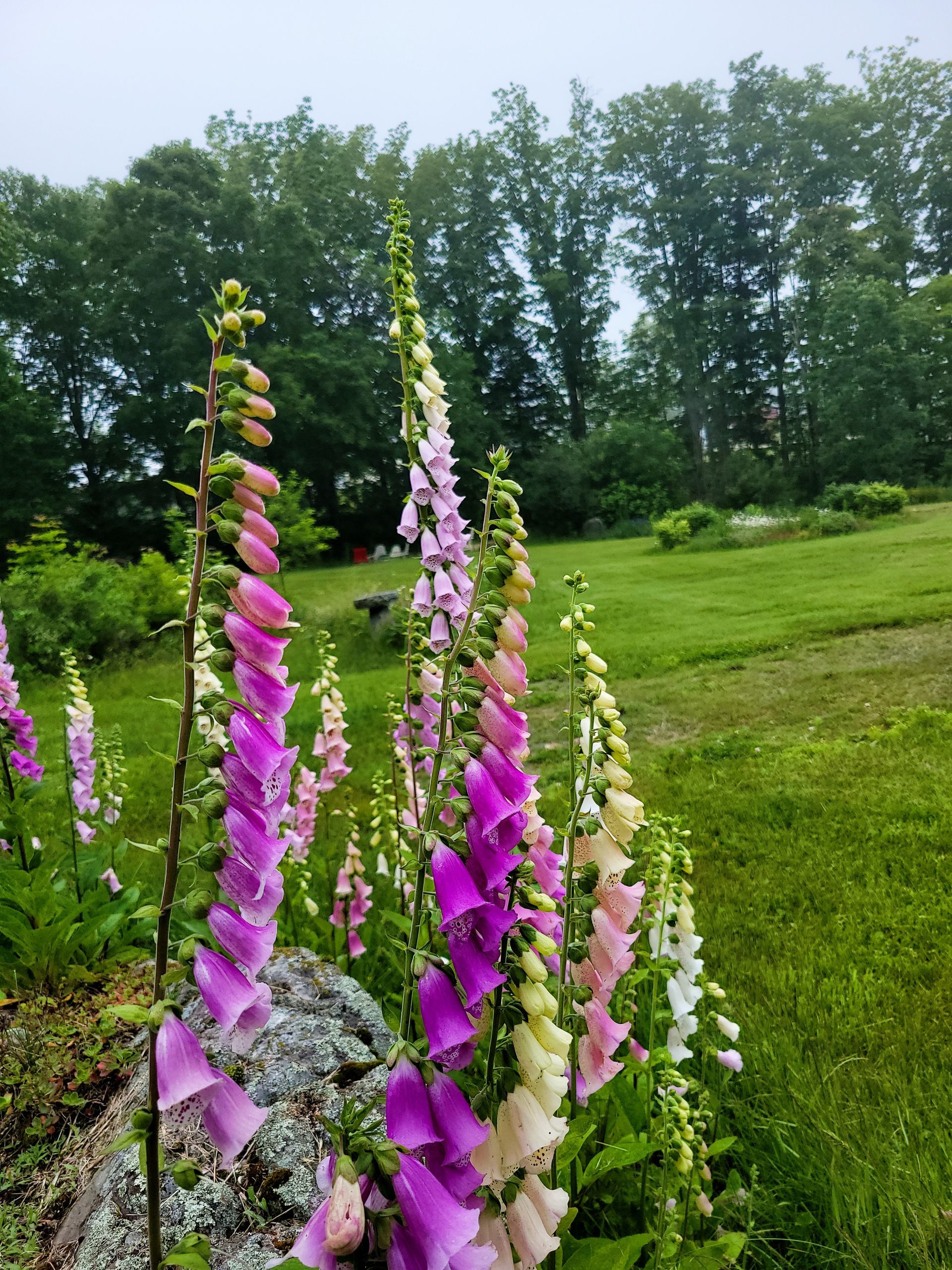
Hey Grovers. Let’s get real. 2024 has been a feast or famine kind of year for Ostara’s Grove. I’ve learned more than I thought possible (truly, how is there any room left in my brain), and maybe even uttered some choice words — okay,
definitely. Get off my back! — It turns out that throwing chaotic energy at a garden and hoping for the best is not the greatest strategy for a thriving flower farm. But hey, it’s a great way to learn the do’s, don’ts, and better nots!
Maybe you’re a little more prideful, or just afraid of making a (probably costly) mistake. No worries! I love a good experiment and will do the guess work so you don’t have to.
Row Covers: A Game-Changer

Humidity: A Powdery Mildew Nightmare

Grass: The Enemy
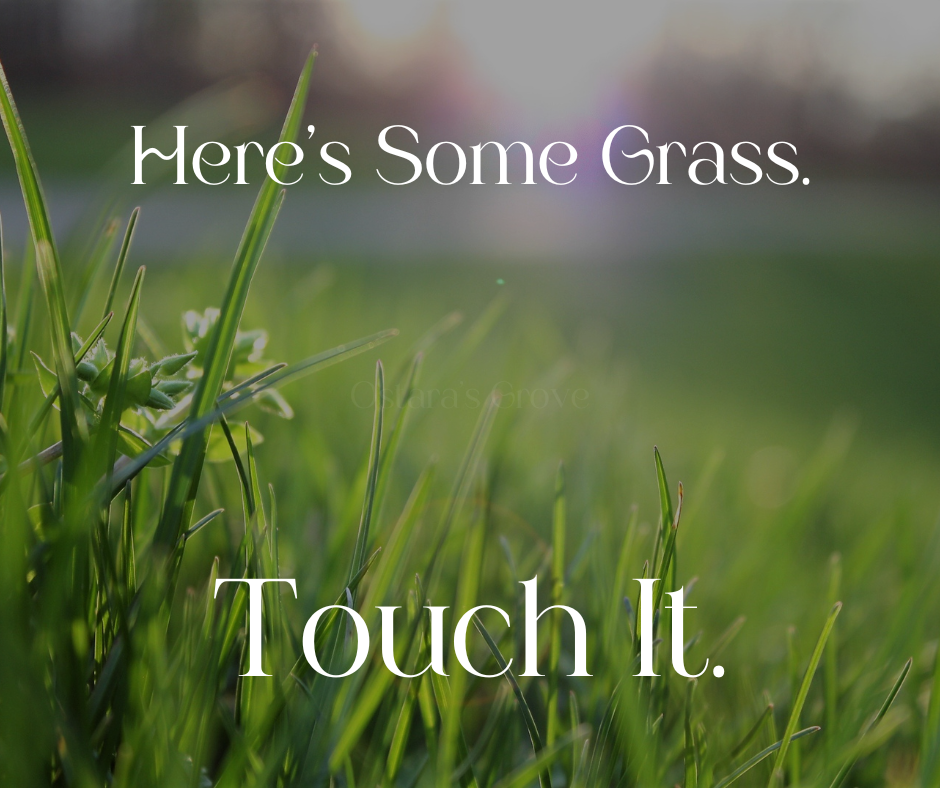
Overcrowding: A Double-Edged Sword

In my early research days, I learned that overcrowding can be a great way to maximize space and cut down on the need for weed control. Both of those things are totally true! Overdo it though, and you’re looking at brown rot and crowded-out blooms. It’s a delicate balance, one which I’ll be working to master.
Varieties: The Spice of Life?
Wildlife: A Blessing and a Curse
Full Sun: More Than Meets the Eye
Ostara’s Grove: 2025 Sneak Peek
Narrowing down the types of flowers we offer to start. This year, I went at it with chaotic energy and decided to plant about 200 different varieties. My goal was to see what grew and what didn’t. Based on that, I would put more energy into the successes. Through this method, I definitely learned a lot, but I didn’t achieve as much success as I’d hoped. By narrowing down the selection, I’ll have more time, energy, and resources to put into growing beautiful flowers ready to bouquet and sell at the farmstand next year.
Processes are important. They can really make or break you. In 2025 I’ll be working on developing better processes to increase productivity. From seeding, transplanting, and harvesting, to putting together arrangements.
Extending the growing season. Our biggest pain point this year was, obviously, the weather. Our final frost date came at the end of June, meaning plants weren’t getting into the ground until the last week of June, and even July. This hurt our production, and also forced us to miss the biggest flower holidays. Until we can spring for a high tunnel or greenhouse, we will be investing in some row covers in the hopes we can force a few areas to start producing earlier.
Grant Hunting. Who knew starting a small business was difficult? Just kidding, but only a little. We’ll be investing quite a bit of time looking into funding resources for small operations like Ostara’s Grove.
Garden Structures. Ostara’s Grove is a small business based on the same property as my home. We bought the place with only personal needs in mind, so it wasn’t exactly farm-ready. But hey, that’s where the fun begins! Since we don’t have acres of land to play with, we’ll be getting creative. Think vertical gardens, pumpkin towers, and ditching those raised beds for in-ground rows. I’m a craft girly at heart, so space-saving DIY’s are my absolute jam!
Have a tip that always works for you? What about something you’re afraid to try? Let us know in the comments and maybe we’ll give it a shot here and report back!
** Want awesome tips and frustrating fails delivered to your inbox? **
**Join the newsletter to get the freshest dirt and inside street knowledge **
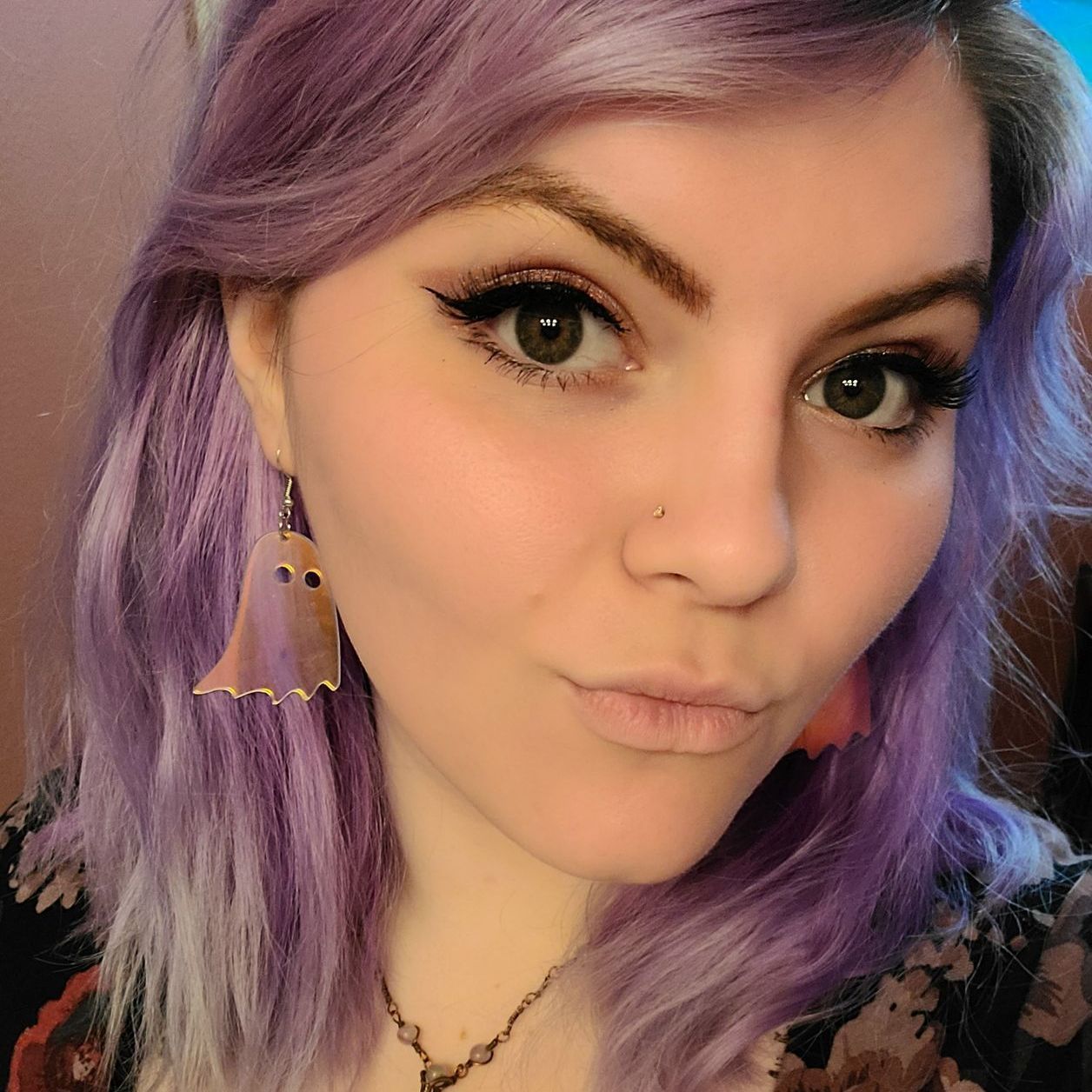
Rebekkah grew up the middle child of three sisters in California. At 12, she and her sisters were separated, and she went to live with an aunt and uncle in Washington State. It was there that her love of floriculture blossomed. Her high school offered a Horticulture class, where she became the Floral Manager for the small-scale floral business within. That was all it took for Rebekkah to decide she wanted to one day own her own floral shop.
Unbeknownst to her then, this dream would be a journey that would take her across the country. Today, Rebekkah finds herself in a quaint Vermont town, living her dream with her three adorable cats and her supportive fiancé by her side. Her love for floriculture has blossomed into Ostara's Grove.
Scour The Journal
Recent Posts


